Crafting the perfect loin of pork—a dish celebrated for its succulent texture and rich flavor—requires not just skill but precise timing. Cooking it to perfection hinges on a variety of factors, including the cut’s size, its initial temperature, and the desired level of doneness. Recognizing the intricacies involved in this culinary endeavor, we’ve developed the “Loin of Pork Cooking Times Calculator,” a comprehensive tool designed to demystify the cooking process for chefs and home cooks alike.
Our calculator is grounded in culinary science and vetted by seasoned chefs, ensuring that your pork loin emerges from the oven or grill juicy, flavorful, and perfectly cooked every time. Whether you’re aiming for a tender, pink center or a well-done slice that still retains its moisture, our tool will guide you through the necessary cooking times and temperatures.
In this article, we will delve into the methodology behind our calculator, offering insights into the factors that influence cooking times and how you can adjust them to suit your preferences. Moreover, we will share tips and tricks gleaned from culinary experts to enhance your cooking experience and ensure that your loin of pork is the highlight of any meal.
Join us as we explore the art and science of cooking loin of pork to perfection. This journey will not only elevate your culinary skills but also inspire you to experiment with flavors and techniques. Let the “Loin of Pork Cooking Times Calculator” be your guide to achieving culinary excellence.
Introduction
Pork loin is a lean, tender cut of meat that takes beautifully to roasting, grilling, and other dry-heat cooking methods. With the right technique, pork loin can become a super juicy, flavorful centerpiece to any meal.
Mastering pork loin requires an understanding of cooking times. The length of time needed to cook pork loin depends on the size of the cut, the cooking method, and desired doneness. Follow this ultimate guide to take the guesswork out of pork loin prep and cook it to tender, juicy perfection every time.
Overview of Pork Loin Cooking
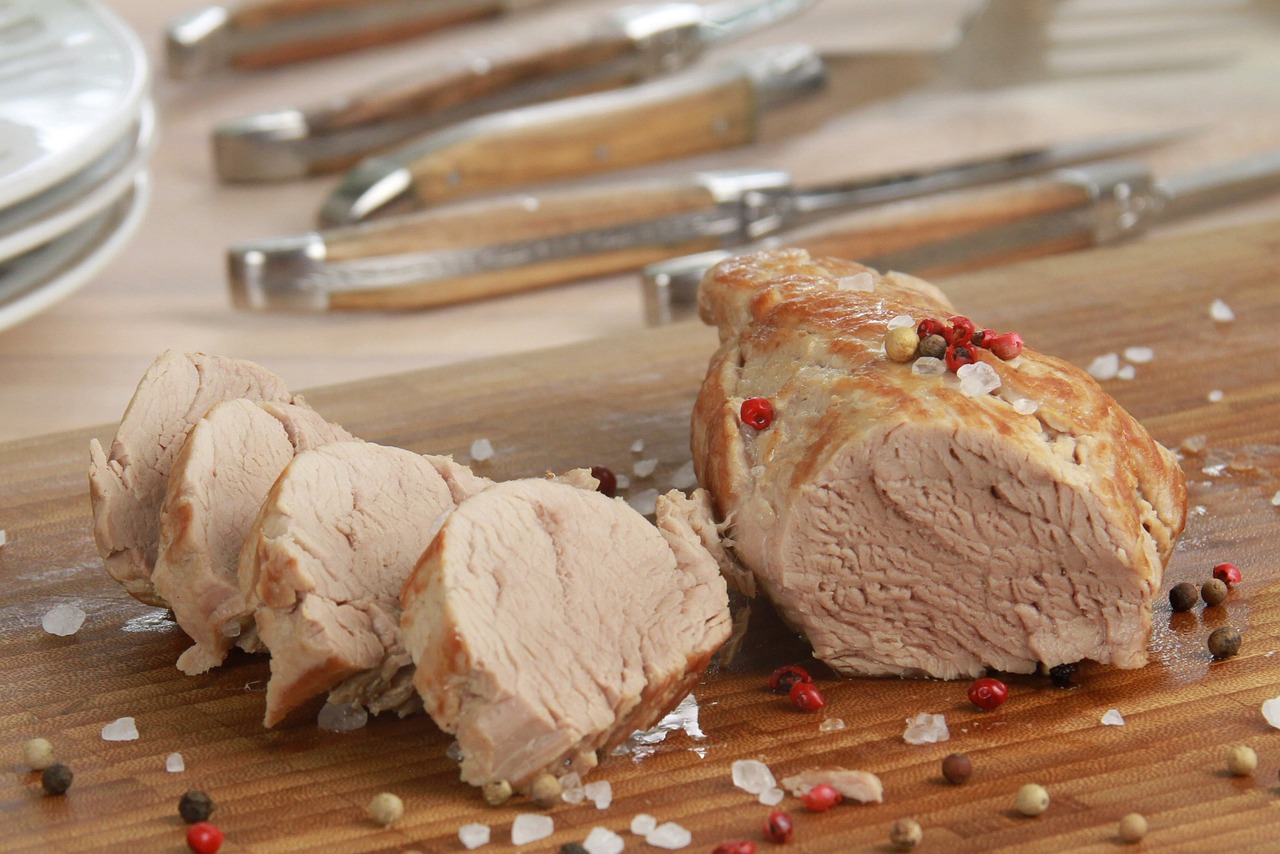
Overview of Pork Loin Cooking
Cooking pork loin is an art and a science. The art comes from pairing flavors, choosing cooking methods, and using your senses. The science lies in hitting the right internal temperature and cook times to get your desired doneness.
With pork loin, a lean cut, nailing the cook time is especially important. Overcooking leads to dry, tough meat while undercooking risks foodborne illness. Use this guide’s tips, calculators, and formulas to master the technical side of pork loin cookery.
Understanding Pork Loin
Before calculating cook times, it helps to understand what exactly pork loin is.
Pork loin refers to the whole loin muscle that runs along the spine of the pig. This muscle does little work, so it stays very tender. Pork loin is sometimes cut into smaller roasts or chops.
Some common pork loin cuts:
- Boneless pork loin roast
- Bone-in center cut pork loin roast
- Pork loin chops (bone-in or boneless)
- Stuffed pork loin roast
Pork loin has less fat than other cuts like shoulder or belly. Less fat means less flavor, but lean loin is perfect for low-fat diets. The leanness also means it can dry out if overcooked.
Pork Loin Cooking Time Calculator
Cooking times for pork loin depend on:
- Weight
- Cook method
- Desired doneness
An accurate cooking time calculator helps estimate times based on these factors.
Online cooking time calculators require you to input the pork loin’s weight and your desired doneness. The calculator estimates oven temperature and cook times.
For example, a 2 lb boneless pork loin roast cooked to 145°F (medium) would need:
- Oven temp: 350°F
- Cook time: approximately 50 minutes
Use an online cooking time calculator as a starting point. Adjust as needed based on your specific roast and oven.
The Perfect Pork Loin Formula
To calculate the cooking time for a loin of pork, you can use the following formula:
T = (W * R)
where T is the total cooking time (minutes), W is the weight of the pork loin (pounds), and R is the recommended cooking time per pound (minutes per pound, typically 20 min/lb at 350F).
For example, if you have a 5-pound pork loin and the recommended cooking time per pound is 20 minutes, the total cooking time would be:
T = (5 * 20) = 100 minutes
So, the pork loin should be cooked for 100 minutes at 350F.
Remember to let the meat come up to room temperature before cooking and to rest the meat after cooking to allow the juices to redistribute.
Advanced Cooking Techniques
Master basic roast pork loin first. Then try more advanced prep and cooking techniques:
Marinating and Seasoning
Marinades and rubs add flavor to lean pork loin. Acidic marinades also tenderize meat.
Marinating times:
- 30 minutes to 2 hours: light flavor
- 4 to 12 hours: intense flavor
Seasonings like herbs, spices, and salt bring out pork’s flavor. Dry brining (rubbing with salt ahead) enhances juiciness.
Oven vs Grill
Oven roasting uses dry ambient heat. Best for boneless roasts.
Grilling involves direct high heat. Ideal for quick-cooking chops and making a flavorful sear.
Grilling takes less time overall but requires more hands-on monitoring. Lower your grill heat slightly compared to oven temp.
Resting Your Pork
Resting finished pork loin for 5-10 minutes allows juices to redistribute so meat stays moist. The internal temp will rise 5-10°F during resting.
For example, remove pork from the oven when it hits 140°F. After resting, it will reach the ideal 145°F for medium doneness.
Cooking Time Calculator Expanded
To further adapt pork loin cook times, consider these factors:
Convection Oven Adjustments
Convection ovens cook faster with a fan circulating the hot air. Reduce oven temp by 25°F. Cook time may be 10-15% less.
High Altitude Changes
Higher altitudes lower boiling point of water so foods cook slower. Add 5% cook time per 1000 feet above 2000 feet elevation.
Beyond Pork Loin: A Meat Lover’s Guide
Once you’ve mastered basic pork loin, try expanding your meat mastery:
Chicken
- White breast meat: Cook to 165°F
- Dark thigh meat: Cook to 175°F
- Bone-in pieces: Add 5-10 minutes
Beef
- Steaks: Cook 3-8 minutes per side based on thickness
- Roasts: Slow cook tough cuts like chuck and brisket
Turkey
- Whole turkey: 15 minutes per pound at 325°F
- Turkey breast: 10-15 minutes per pound at 325°F
Lamb
- Chops and leg: Cook to 145°F
- Shoulder: Slow roast bone-in cuts
Ham
- Whole bone-in: 18-24 minutes per pound at 325°F
- Spiral sliced half: 8-12 minutes per pound
Plant-Based Pork Alternatives
For vegetarians/vegans, try plant-based meat alternatives like:
- Jackfruit
- Seitan
- Soy-based crumbles
- Tempeh
- Portobello mushrooms
Follow package instructions. Add savory seasonings for a “meaty” flavor.
Culinary Insights
Cooking meats like pork loin is both science and art. Take your skills to the next level with these tips:
Ingredient Pairings
- Apples, fennel, sage, rosemary, garlic
- Mustard, barbecue sauce, chili sauce
- Orange, ginger, five spice powder, sesame
Seasonal and Cultural Influences
- Spring: Pair with asparagus, peas, and lemony flavors
- Fall: Apples, pumpkin, warm spices like cinnamon
- Latin American: Adobo rubs, pineapple salsa
- Italian: Fresh herbs, limoncello, capers
Sauce and Gravy Mastery
A good sauce balances and complements pork loin’s leanness. Try:
- Pan gravies and pan sauces
- Fruit chutneys and relishes
- Rich French demi-glace
Additional Tips and Resources
Further enhance your pork loin mastery:
Wine and Beverage Pairings
Medium-bodied red wines like Pinot Noir complement pork’s flavor. Refreshing beers like lagers and pilsners also pair well.
Sustainability and Ethics
Choose pasture-raised, organic pork from humane farms. Support local producers at farmer’s markets.
Budget-Friendly Shopping
Opt for large cuts like pork loin roasts instead of individual chops or tenderloins. Check ads and stock up when pork goes on sale.
Cooking for Special Diets
Adapt pork loin recipes to suit:
Low-Carb Diets
Skip breading and high-carb sides. Pair with non-starchy veggies.
Low-Sodium Diets
Use salt-free herb blends when seasoning. Omit soy sauce and other salty ingredients.
Food Allergies
Substitute alternate proteins like chicken, fish, or plant-based meats.
Nutritional Aspects
As a lean protein, pork loin offers:
- High-quality protein for muscle growth and maintenance
- Thiamine, selenium, zinc, vitamin B6, niacin
- Iron, phosphorus, potassium, and magnesium
Consume in moderation, as with any meat. Focus on lean cuts over processed varieties high in sodium and nitrates.
Conclusion
Congratulations! You now have the knowledge to cook pork loin like a pro. From choosing cuts to calculating cook times, this guide outlined the essential tips and techniques.
The formulas, charts, and instructions provide the technical base. Now it’s time to get creative with flavors, pairings, and cooking methods. Experiment, taste as you go, and find the perfect roast pork loin tailored to your tastes. Share your successes with fellow home cooks!

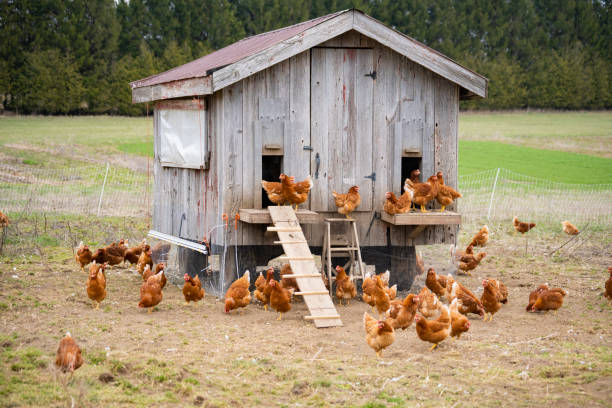
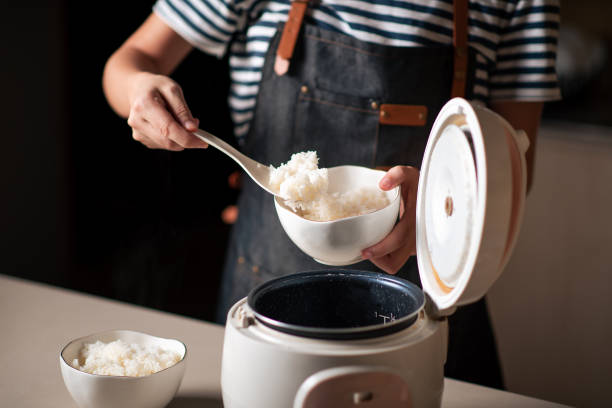
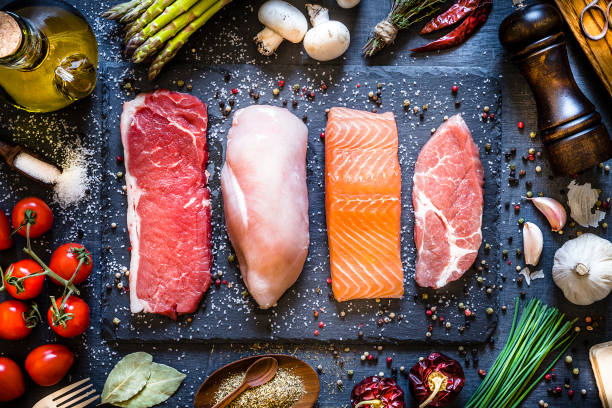
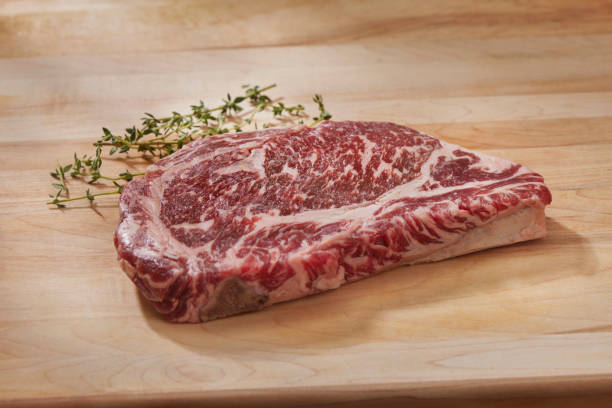

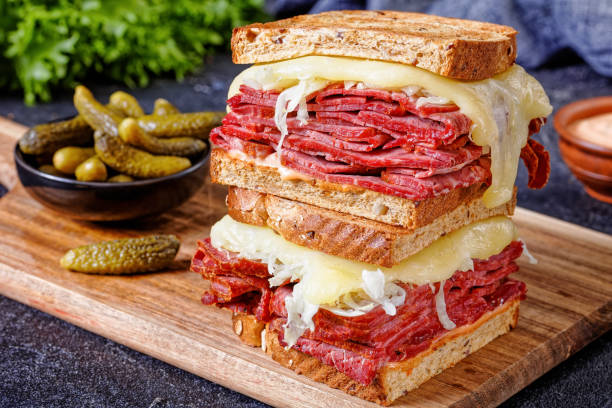
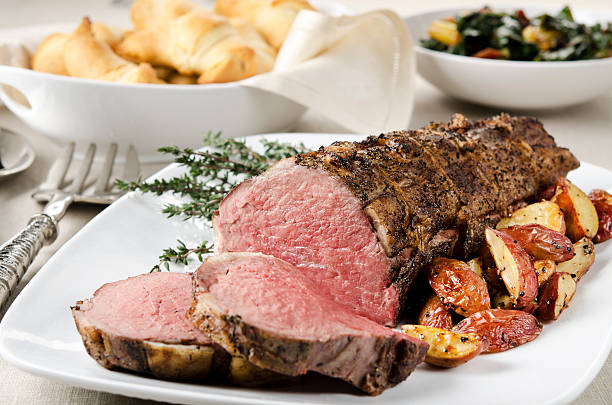
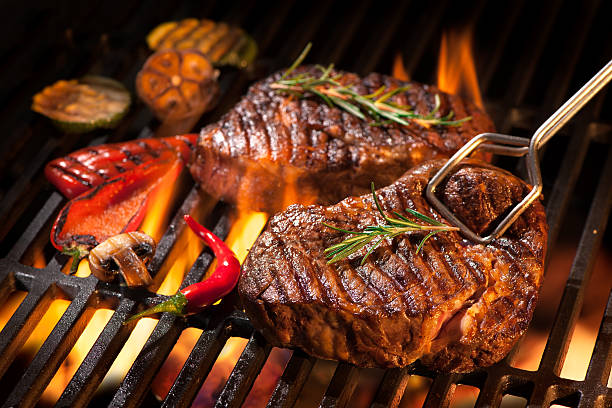
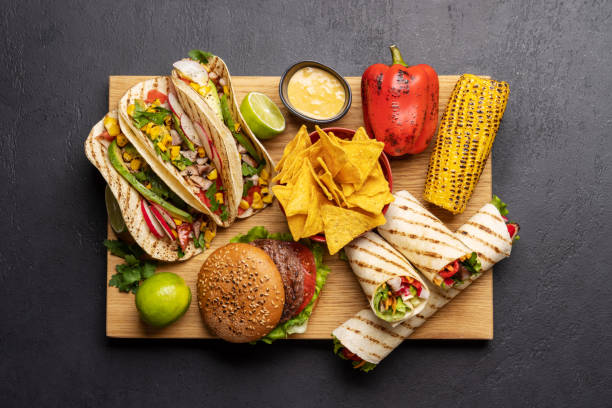

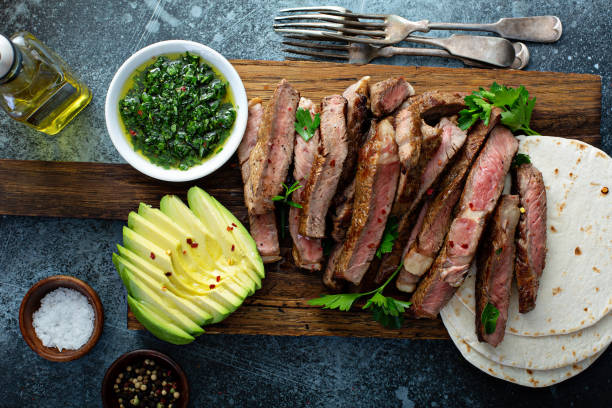

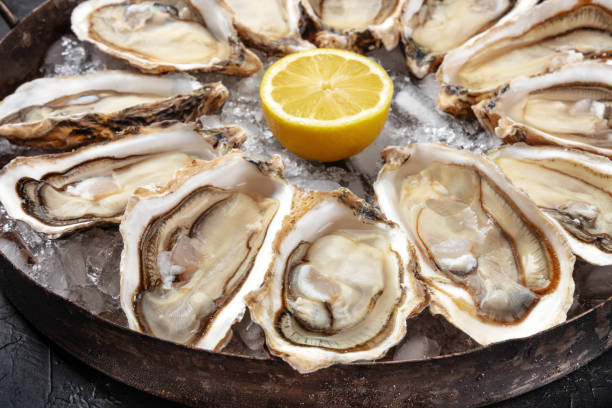
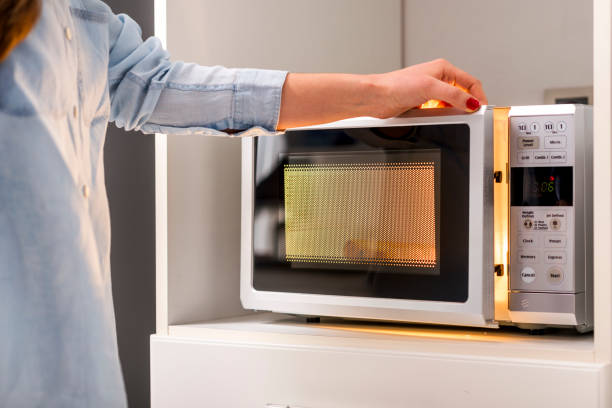
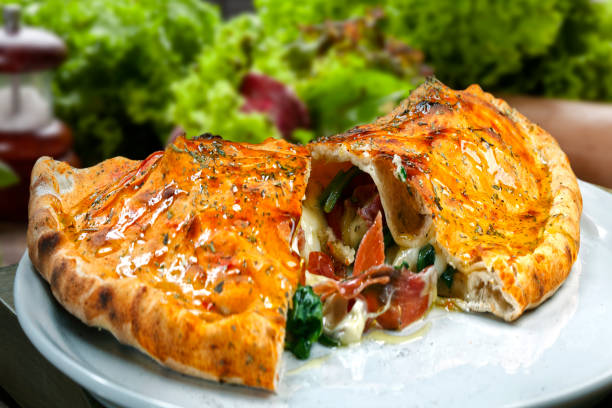
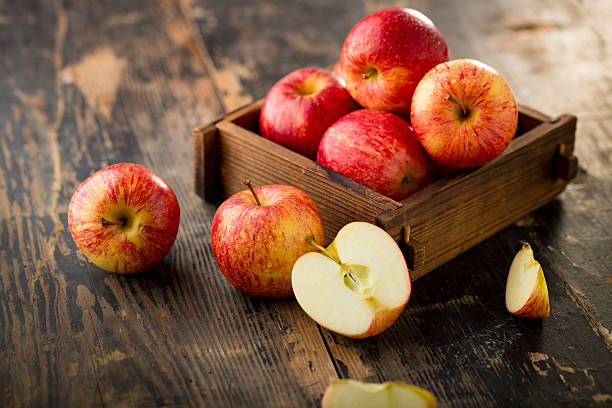

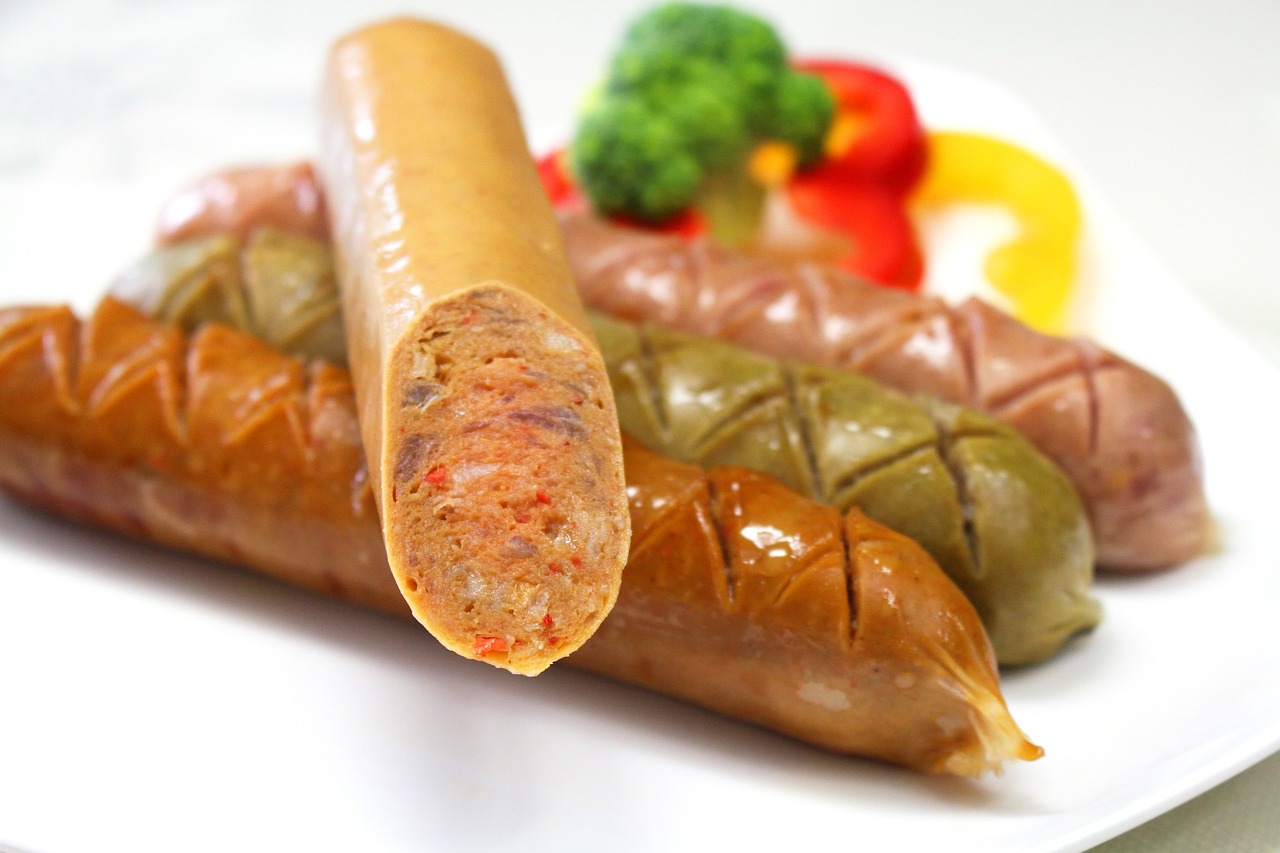
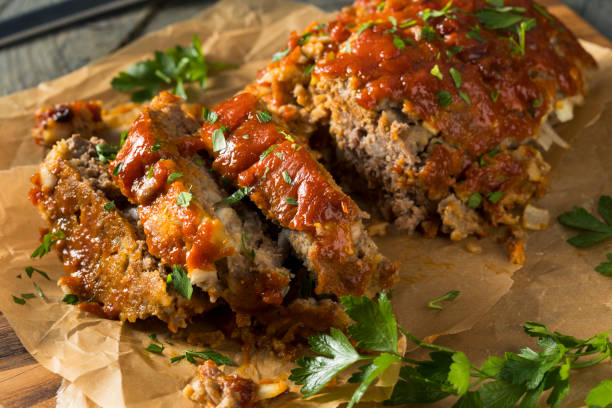
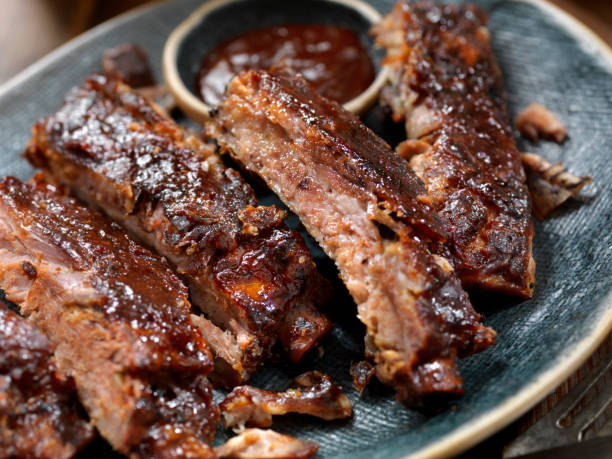
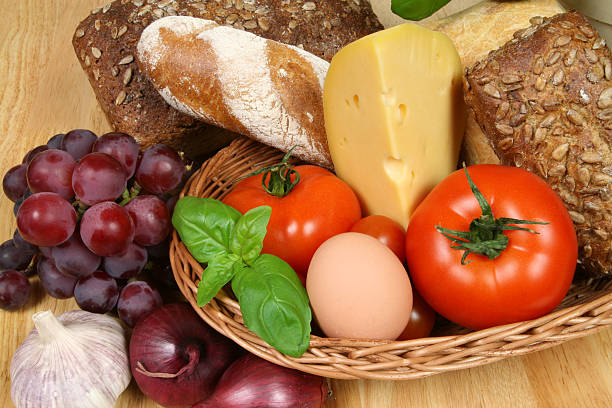
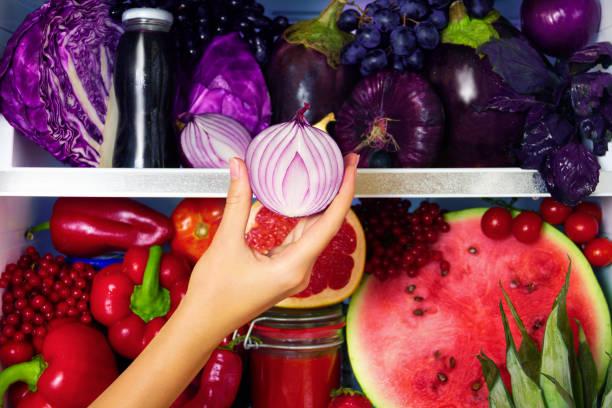
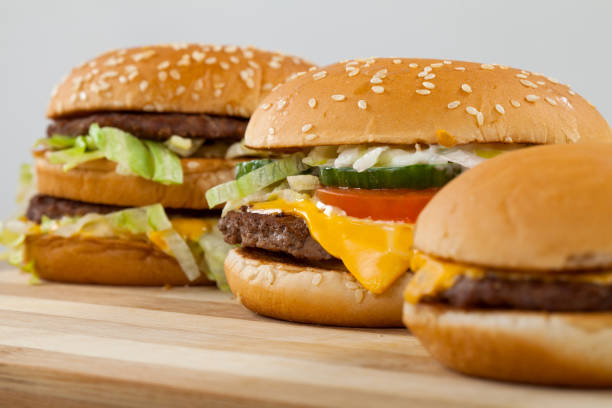
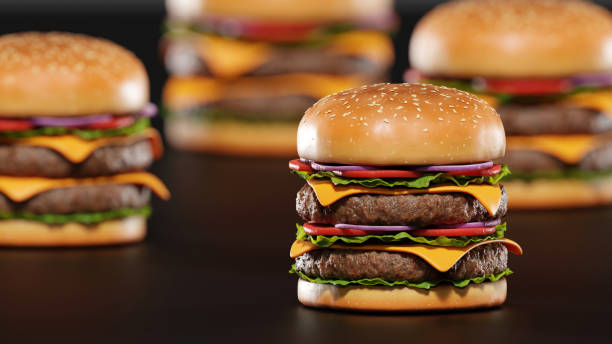
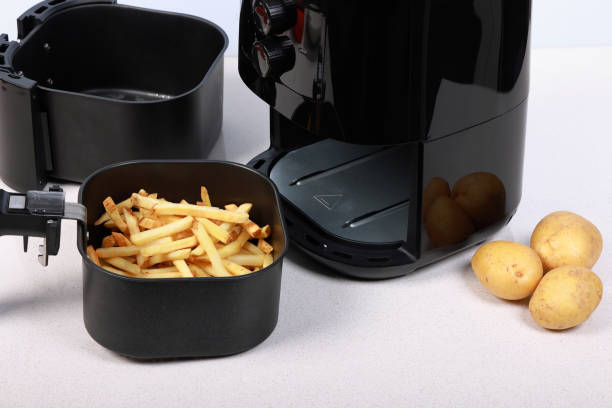
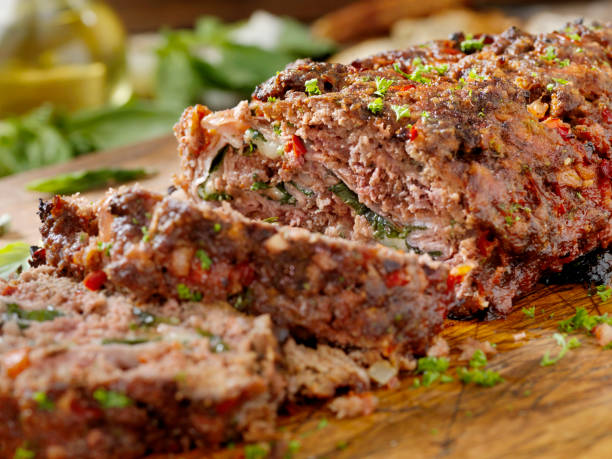
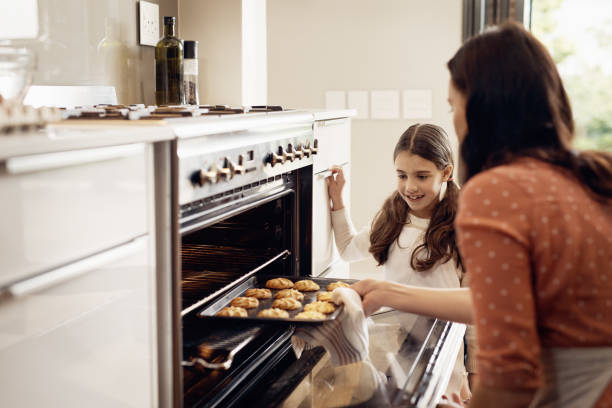

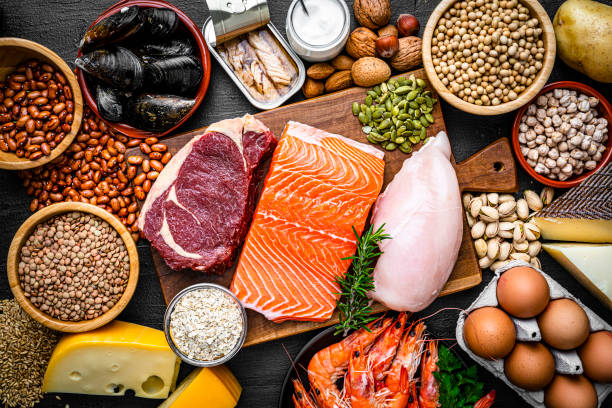

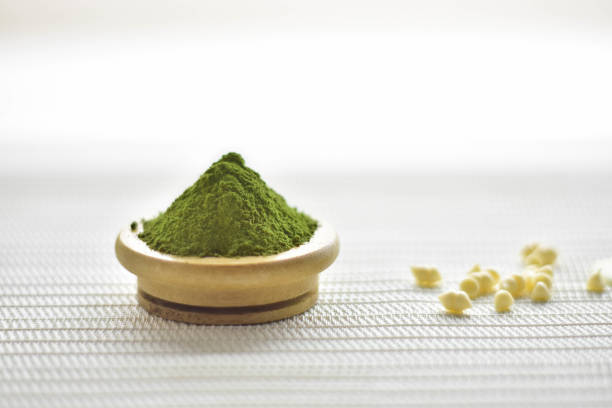
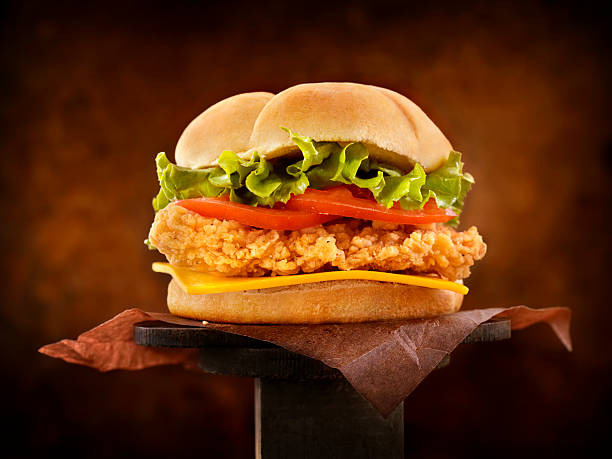
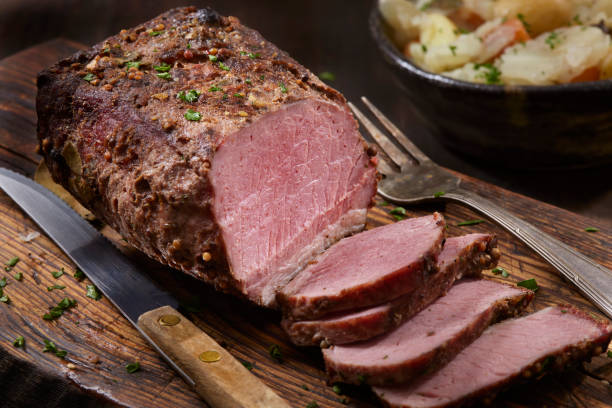
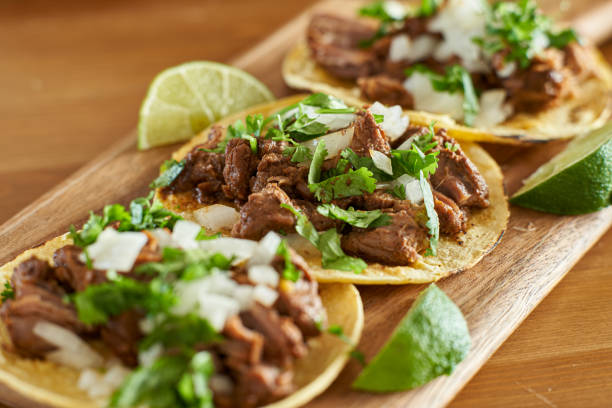
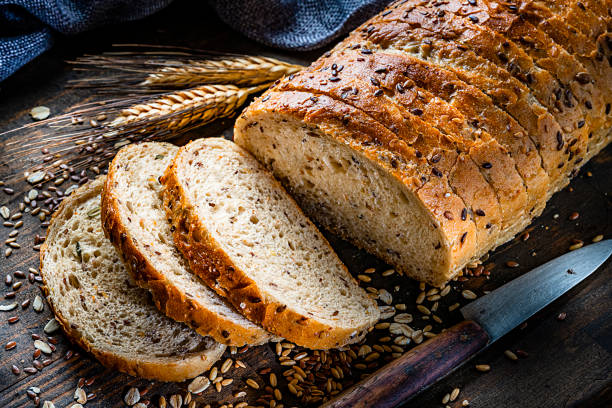
![America’s Best Wings Menu With Prices | Guides [Update 2023] America’s Best Wings Menu With Prices | Guides [Update 2023]](https://thesuntrapp.com/wp-content/uploads/2023/11/Screenshot-2023-11-16-020808.png)